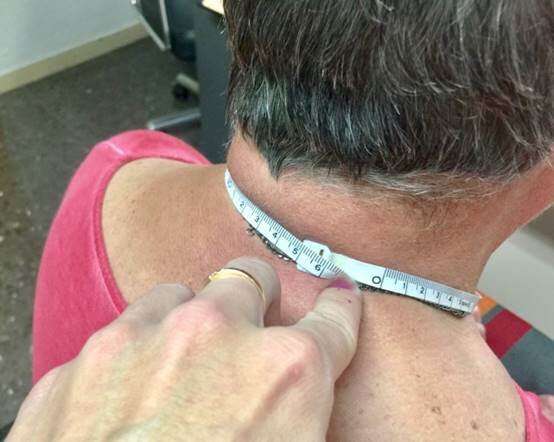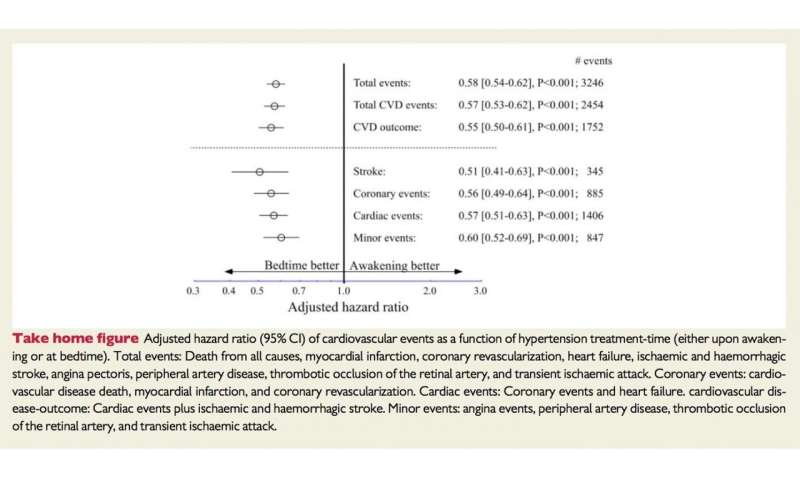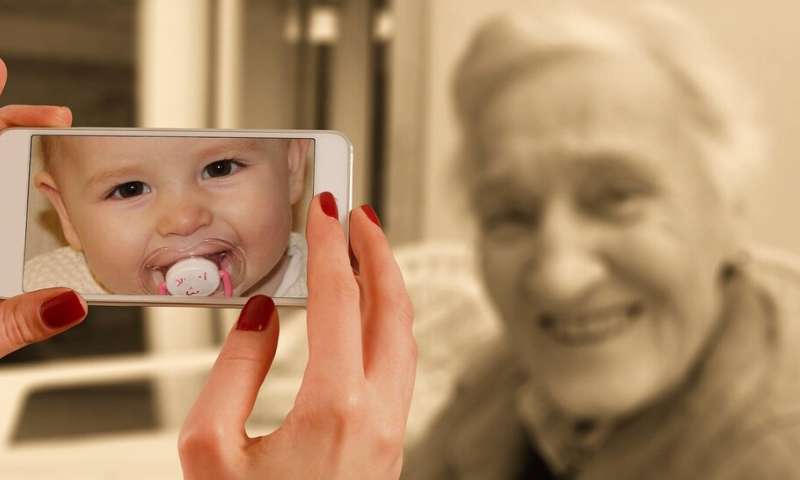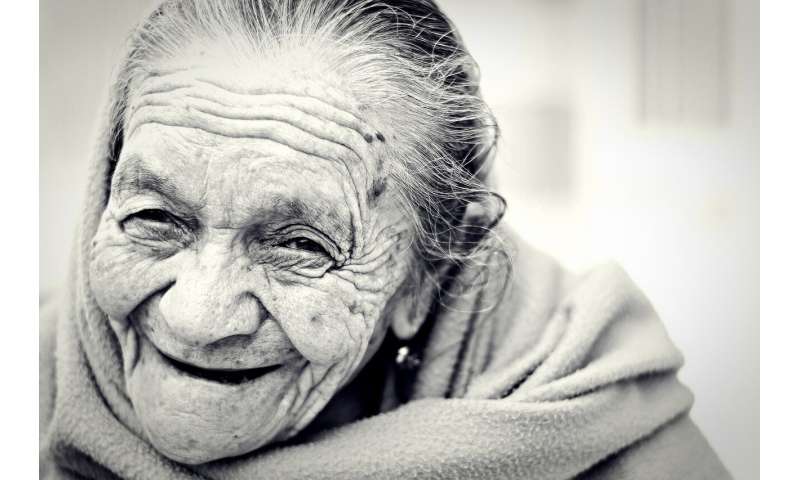Smart homes enhance seniors' safety
In Singapore, as well as many other countries, ensuring a high quality of life for an expanding elderly population demands that community eldercare providers strike a delicate balance between frequently competing factors. For instance, safety is sometimes at odds with privacy; providing comprehensive care may erode an elderly person's cherished sense of independence; and a sense of security may give rise to a sense of being controlled.
30 oct 2019--Project SHINESeniors, which is focused on resolving these contradictions, does so by creating a "smart home" for older people living alone. Driven by a research team at Singapore Management University (SMU)'s iCity Lab (co-founded by SMU and Tata Consultancy Services), the project is funded by the Singapore Ministry of National Development and National Research Foundation under the Land and Liveability National Innovation Challenge (L2NIC) grant.
As part of the three-year project, the team has equipped 50 one-bedroom apartments with motion sensors that can detect unusual periods of inactivity – a possible indication that the tenant has either fallen or suffered a health crisis. This information is then fed to a Voluntary Welfare Organisation (VWO) for its staff and volunteers to react to the potential emergency.
Although other projects in Singapore are testing similar technologies, what makes Project SHINESeniors unique is its focus on how the technological tools can enhance the efforts of community caregivers who provide the crucial, person-to-person contact with elderly tenants.
"What we are providing that's of value is tying the technology to care provisioning," says Associate Professor Tan Hwee Pink, Academic Director of iCity Lab. "We see it as a more complete, holistic, and end-to-end evidence-based approach to ageing. The technology enables community organisations to improve their operations and increase their effectiveness with the limited number of staff and volunteers they have, while still catering to the elderly person's individual needs."
Staying in place is preferable
The research proposes that the best approach to deal with a growth in an ageing population is to allow as many people to stay in their homes as possible.
With senior citizens set to account for 20 percent of Singapore's population by 2030, the concept of "ageing in place" becomes key to dealing with "the fact that healthcare resources and assisted living facilities are becoming more limited," says Professor Tan. "We don't want our population to be over-stressing the hospitals, and we want them to have a good quality-of-life in the community they are living in. That's why care is being moved away from the hospitals and nursing homes and into the community, with the help of community-based VWOs."
Interviews with participants of the iCity pilot project indicate that "most of the elderly prefer to be living by themselves rather than living in an assisted living facility," he says.
Yet, living alone is not without risk. In fact, the government initiated the current research in response to the tragic realisation that, over a five year period, "about 50 elderly residents in Singapore passed away in their homes, and it had taken days, or sometimes up to a few weeks, to find out that they were dead," according to Professor Tan.
To reduce such incidents, a sensor-enhanced "smart home" is designed. The first line of defense is a 'panic button' that a resident can push to alert the community caregivers that he or she has fallen or is facing some kind of problem. And if the elderly person is not carrying the panic button, there is still the sensor system to detect the conditions that point to an emergency, analyse the data, and sound the alarm.
Door contacts at the main door detect the opening and closing of doors, indicating whether the tenant is inside or outside the apartment. If the resident remains inside, motion sensors on the walls of each room will determine whether the person is moving according to normal patterns, or if there is an unexpected absence of movement.
SMU research fellow Dr. Alvin Valera says a common scenario that it is crucial to have the sensor system is when the resident has encountered trouble after entering the toilet.
"The reason we monitor inactivity," he explains, "is that there are situations where the person might not have access to the button. If the person is in the toilet and has fallen, he or she has probably left the panic button outside. In this case, the system will detect that the last activity was in the toilet and that there was no motion afterwards. After a certain period of inactivity, an alert will be sent to the caregivers."
Dr. Valera stresses that the "unobtrusive" nature of this motion-detecting system reassures residents that their privacy is not being violated.
"We don't use vision-based or camera-based sensors, or even those that record audio precisely because of this concern with privacy," he says. "The unobtrusiveness of the system means that elderly are much more likely to accept the technology. And because the sensors are passive—installed on the walls—they don't have to do anything to change their lifestyles."
Refining the system for scale-up
A key objective of the current iCity Lab pilot project is to refine the technology to distinguish better between normal and abnormal periods or inactivity, so as to reduce the number of false alarms.
"We want to make sure that alerts are sent in a timely way, so that they don't swamp the caregivers with false alerts," Dr. Valera explains. So we looked at the historical data of each resident's movement patterns to determine a personalized threshold that would give us a better indication of how long it should be before an alert is sent."
A second technological enhancement is a personalised, sensor-equipped medication box that is being tested in ten apartments. Unlike those off-the-shelf pillboxes, the 'sensorised' medication box has been customised to the needs and preferences (e.g. size and colour) of the individual user. Such customisation has been shown to be effective in encouraging elderly to use these technologically enhanced box.
"Whenever the person opens up the medication box, we can infer that medication has been taken," says SMU research scientist Dr. Tan Hwee Xian. "We are able to look at the frequency and timing of the medication intake, to determine if the elderly person is adhering to their medication schedule."
This is an important issue since controlling chronic diseases such as diabetes and high blood pressure requires medication to be taken and at the right times.
The monitoring of pillbox use has also uncovered helpful information that was not anticipated. Dr. Tan recalls the case of a woman who had been using the pillbox frequently in the middle of the night. "We thought something must be wrong," Dr. Tan recounts.
The researchers informed caregivers, who then spoke to the tenant. They discovered that the lady was suffering from insomnia and leg pain, and hence was taking painkillers from the pillbox in the middle of the night to relieve the pain. She would also repack her medication in the pillbox when she couldn't sleep, creating a false response that the pillbox was used frequently." With the truth uncovered, caregivers could better help the lady with her conditions.
After its three-year trial, there are hopes that the implementation of the smart home systems will be scaled up throughout Singapore. In the interim, improvements have been made to increase the effectiveness of the technology. For instance, the system's interface has been redesigned to provide information to caregivers in a more usable form, while VWOs now receive alerts directly, without researchers acting as intermediaries.
Responses from elderly participants have also been encouraging. No one has dropped out of Project SHINESeniors, and many seniors have also urged their friends to sign up for the pilot test.
"What touches me most," says Dr. Tan, "is to hear from the elderly that the system makes them feel safe."
Provided by ResearchSEA









